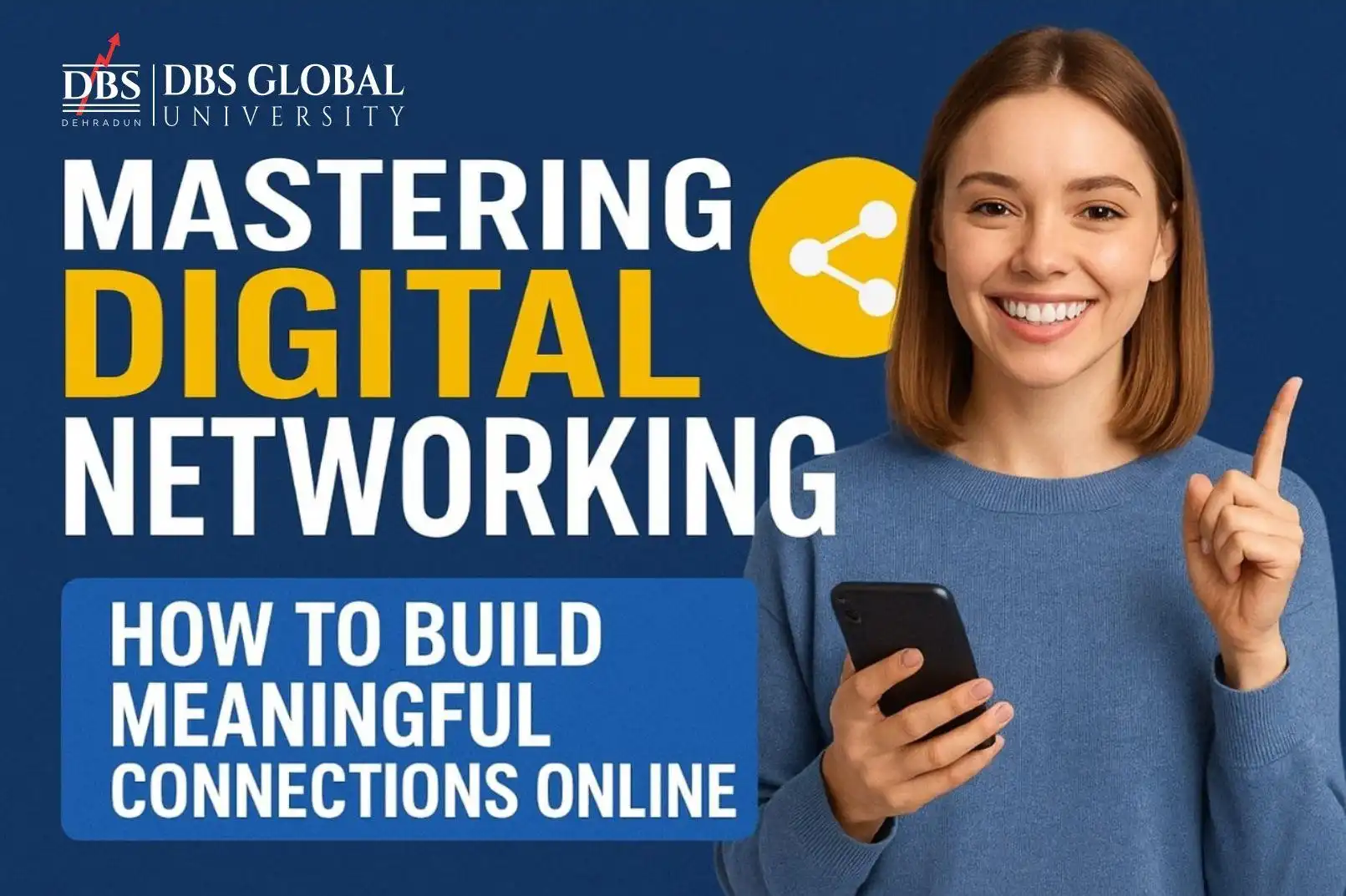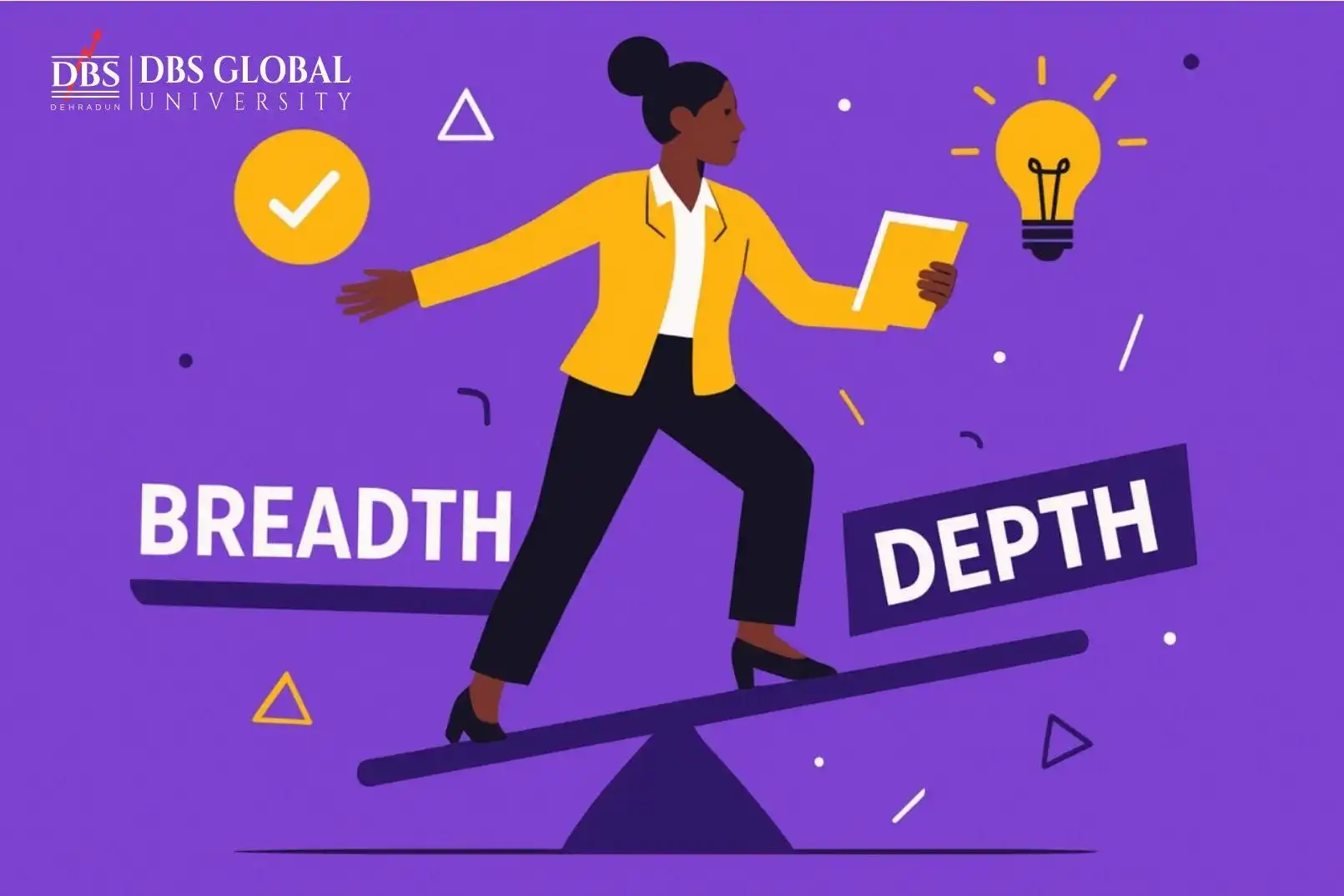
Mastering Digital Networking: How to Build Meaningful Connections Online
admin
- 0
Introduction
A few years ago, landing your dream job or finding a business mentor often meant dressing sharp, showing up at conferences, and working the room with a stack of business cards. Today, that same opportunity might come from a thoughtful comment on someone’s LinkedIn post or a quick introduction in a Zoom chat. According to a 2024 LinkedIn survey, 78 percent of professionals reported landing a job through connections made online, compared to just 45 percent a decade ago through traditional in-person networking.
The digital world has completely redefined the rules of networking. You can now connect with professionals across industries, geographies, and hierarchies without leaving your desk. Yet, this ease of connection brings a new challenge: how do you stand out and build relationships that go beyond a profile view or a generic “let’s connect” message?. Building meaningful online connections requires a growth mindset and continuous learning.
The Evolution of Networking
Not too long ago, networking meant attending seminars, shaking hands, exchanging business cards, and following up over coffee. Success in building connections depended heavily on being in the right room at the right time. You could only meet as many people as the event allowed, and your network was largely limited by geography. For example, a 2010 survey by the Event Marketing Institute found that the average conference attendee could meaningfully interact with only 40–50 people per event.
The rise of digital platforms has completely rewritten these rules. LinkedIn became the new business card. Twitter (now X) turned into a stage for professional conversations. Online forums, webinars, and virtual conferences allow professionals to engage with industry leaders without stepping on a plane. In fact, global webinar attendance increased by over 250 percent between 2020 and 2023, showing the explosive growth of virtual networking opportunities. Suddenly, your network is no longer confined to your city, it can span continents.
Yet with this growth comes new challenges. Sending a LinkedIn connection request is easy, but converting it into a meaningful relationship is much harder. Digital networking now demands deliberate engagement, authenticity, and the ability to stand out in a crowded online space. According to a 2023 LinkedIn report, digital networking accounts for 65 percent of new professional opportunities in tech, 58 percent in finance, and 50 percent in the education sector.
This shift shows us something critical: while the tools have changed, the essence of networking has not. At its core, networking remains about building trust, sharing value, and fostering relationships that last. What has changed is scale, speed, and accessibility. Today, a thoughtful message, consistent engagement, or insightful comment can open doors that would have once required months of travel and countless coffee meetings.
Why Digital Networking Matters Now
In today’s professional world, digital networking is no longer a “nice-to-have” skill; it is essential. Research shows that nearly 70 percent of jobs are found through networking, and most of those connections now begin online. A 2023 LinkedIn survey revealed that professionals who actively engage on the platform, through comments, shares, and personalized messages, are 30 percent more likely to receive meaningful opportunities than those who passively browse.
One of the most significant advantages of digital networking is its accessibility. You no longer need to wait for the next big conference to meet industry leaders. A well-crafted LinkedIn message or a thoughtful comment on a post can spark a conversation that would have been impossible a decade ago.
Another major benefit is visibility. In today’s world, your personal brand acts as your currency. Your online presence often speaks for you before you get a chance to introduce yourself. Digital networking allows you to showcase your expertise, values, and personality at scale. A LinkedIn analysis revealed that posts generating meaningful engagement can reach thousands of professionals, often including decision-makers and potential collaborators. According to a 2022 LinkedIn survey, users who consistently comment on posts received connection requests 30 percent faster than those who only shared their own updates.
Finally, digital networking enables global reach with local impact. You can cultivate relationships across time zones, industries, and cultures, while still strengthening your local network. Networking is no longer about knowing the right people in a single room, it is about creating a web of connections across the world. Professionals who strategically combine global and local engagement often report faster career growth and more diverse collaboration opportunities.
The Principles of Effective Digital Networking
Digital networking may feel very different from the old-world handshake, but the core principles of building relationships remain the same. The difference is how you bring these principles to life online. Backed by research and real-world examples, these principles show you not just what to do, but how to do it effectively.
1. Authenticity over self-promotion
People can spot insincerity even through a screen. Instead of constantly broadcasting achievements, show genuine interest in others. Ask thoughtful questions, respond with curiosity, and share your experiences honestly. Research from the Journal of Applied Psychology shows that perceived authenticity increases response rates to connection requests by up to 45 percent.
2. Add value before asking for value
The strongest digital relationships are built when you contribute first. This could be sharing a helpful article, offering feedback, or simply acknowledging someone’s work. LinkedIn data indicates that users who offer insights before asking for favors see a 60 percent higher response rate.
3. Consistency beats intensity
Networking is a marathon, not a sprint. Small, steady actions outperform sporadic grand gestures. A 2022 LinkedIn survey found that users who engaged consistently (commenting, sharing insights, and posting twice a week) were 40 percent more likely to convert connections into actionable opportunities than those with sporadic activity.
4. Listen as much as you speak
Digital networking is often one-way broadcasting. Flip the script by actively paying attention to what others are saying. Noticing trends in their posts or topics of interest can help you tailor your interactions and create meaningful conversations. Research shows that active listeners online have a 50 percent higher likelihood of receiving invitations to collaborate.
5. Think long-term, not transactional
The most valuable networks are nurtured over time. Connections built solely on “what can you do for me?” rarely last. LinkedIn reports that professionals who invest in relationships over 6–12 months have a 70 percent higher chance of receiving referrals or mentorship opportunities than those who pursue instant gains.
Practical Strategies for Digital Networking
Turning principles into practice is what separates casual online users from professionals who truly leverage digital networking for growth. These strategies are grounded in research, real-world outcomes, and measurable impact.
1. Optimize your LinkedIn profile
Your profile is your digital handshake; it often creates the first impression before anyone reads a message. Research from LinkedIn shows that profiles with a professional headshot receive 14 times more profile views and 36 times more messages than those without.
- •Use a clear, professional headshot and a banner image that reflects your industry.
- •Craft a headline that communicates value, not just your job title. For example: “Marketing Strategist | Helping Brands Build Data-Driven Campaigns.”
- •Write a summary that tells your story, highlighting achievements, business networking skills, and experiences that spark conversations. Include specific projects or results where possible.
2. Engage meaningfully
Simply liking posts is not enough. Thoughtful comments, sharing perspectives, and participating in discussions signal expertise and authenticity. LinkedIn research finds that users who comment meaningfully on posts are 30–40 percent more likely to receive follow-up messages and connection requests.
- •Reference specific points in a post rather than general praise.
- •Ask clarifying questions or provide an example from your experience.
- •Aim for quality over quantity, one well-thought-out comment can be more effective than ten superficial ones.
3. Join online communities strategically
Slack groups, Discord channels, Facebook communities, and niche forums can be goldmines for networking. A 2023 survey found that professionals active in industry-specific online communities were 25 percent more likely to find job or collaboration opportunities than those relying solely on LinkedIn connections.
- •Identify communities that align with your industry or interests.
- •Participate consistently by asking questions, sharing insights, or helping others solve problems.
- •Track active members and build relationships with a few key people rather than trying to connect with everyone.
4. Attend virtual events with intention
Webinars, online workshops, and virtual conferences are not just learning platforms, they are prime networking spaces. Studies indicate that attendees who actively engage in chats or follow up afterward are 3 times more likely to form meaningful professional connections.
- •Research attendees and speakers before the event.
- •Ask thoughtful questions during Q&A sessions or in chat.
- •Follow up with a personalized message referencing the discussion or presentation.
5. Follow up meaningfully
After a digital interaction, the real work begins. Generic “nice to meet you” messages rarely convert into opportunities. Research shows that personalized follow-ups referencing specific discussions increase response rates by 50–60 percent.
- •Mention a detail from your conversation or the post you engaged with.
- •Offer something of value: an article, a resource, or a relevant introduction.
- •Set the tone for an ongoing relationship rather than a one-off request.
6. Build a personal brand strategically
Your posts, articles, and comments form your professional narrative online. A clear, consistent personal brand attracts like-minded professionals and opportunities naturally. LinkedIn data shows that thought leaders with consistent posting schedules attract 3 times more inbound connection requests and collaboration opportunities.
- •Post at least 1–2 times per week with meaningful insights or lessons learned.
- •Showcase expertise without overtly selling yourself.
- •Highlight learning moments, not just successes, this signals authenticity.
Common Mistakes to Avoid in Digital Networking
Even the most well-intentioned digital networkers can fall into patterns that limit their success. Research, data, and real-world examples show that avoiding these mistakes can significantly improve your networking outcomes.
1. Random connection requests without context
Sending connection requests with no explanation is like handing someone a business card and walking away. LinkedIn data shows that personalized connection requests are accepted at a rate of 80 percent, compared to just 30 percent for generic requests.
2. Ghost networking
Appearing only when you need something damages credibility. Consistent engagement matters: professionals who interact regularly with their network are 60 percent more likely to receive referrals and collaborative opportunities, according to a 2022 LinkedIn study.
3. Over-selling yourself
Nobody responds well to constant self-promotion. Research indicates that accounts that focus purely on achievements without adding value see 50 percent lower engagement rates.
4. Ignoring etiquette and timing
Mass messaging, excessive tagging, or poorly timed outreach can harm your professional reputation. A survey by HubSpot found that 65 percent of professionals reported ignoring unsolicited bulk messages, seeing them as spam.
5. Neglecting offline follow-up
While digital networking is powerful, human touch still matters. Moving interactions offline or into hybrid spaces strengthens relationships. According to a 2021 LinkedIn report, professionals who combined online engagement with in-person or video follow-ups were 3 times more likely to secure mentorships or business opportunities.
Why this matters: Avoiding these mistakes is not just about etiquette, it directly affects your networking success. Data consistently shows that personalized, consistent, and value-driven engagement significantly outperforms random, self-centered, or sporadic efforts.
Future Outlook: The Next Frontier of Digital Networking
The digital networking landscape continues to evolve at lightning speed. Artificial intelligence is beginning to personalize connection suggestions, helping professionals identify the most relevant contacts efficiently. According to a 2024 LinkedIn report, AI-driven recommendations increased connection success rates by 35 percent, especially for users in highly competitive industries like tech and finance.
Virtual reality (VR) and the metaverse are also creating immersive networking spaces where interactions can feel almost as real as face-to-face meetings. Platforms like Virbela and Horizon Workrooms host virtual conferences with interactive avatars, enabling professionals to participate in breakout discussions, workshops, and casual networking lounges. Early adopters report that these environments facilitate deeper engagement compared to traditional webinars.
Important Note
Yet, even as technology advances, the core of networking remains timeless: meaningful relationships built on trust, value, and authenticity. The leaders and professionals who embrace both technology and human-centered strategies are poised to thrive, while those who treat digital networking as a checkbox risk being left behind.
Conclusion
Networking in the digital world is no longer optional, it is essential for career growth, learning, and opportunity. It is both an art and a science, combining strategy with authenticity, consistency with creativity, and outreach with genuine human connection.
By understanding how networking has evolved, applying research-backed principles, avoiding common pitfalls, and embracing emerging tools thoughtfully, anyone can build a network that opens doors and nurtures lasting relationships. In fact, data shows that professionals who strategically combine online engagement, consistent value addition, and selective offline follow-up are 3 times more likely to receive mentorship, collaboration opportunities, and career advancements.
In a world where opportunities are often just a click away, mastering digital networking is your key to staying connected, visible, and ahead. Whether it is commenting thoughtfully on a LinkedIn post, participating actively in an online community, or leveraging AI and virtual platforms, the choices you make today will shape the professional relationships and opportunities you enjoy tomorrow. Explore more guides on professional development


